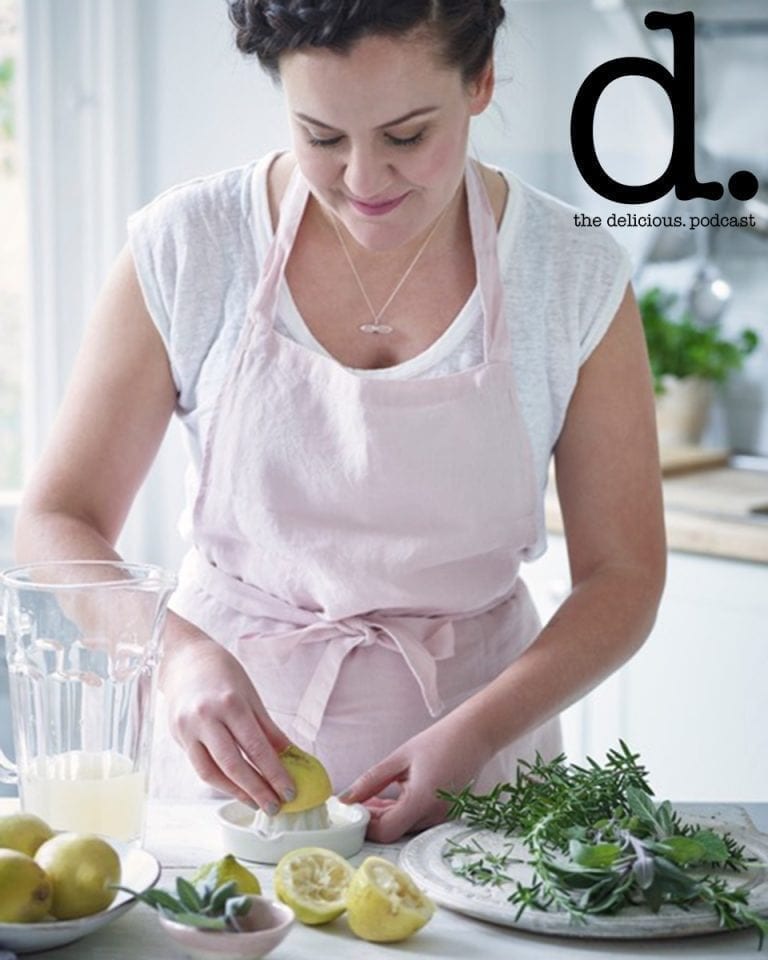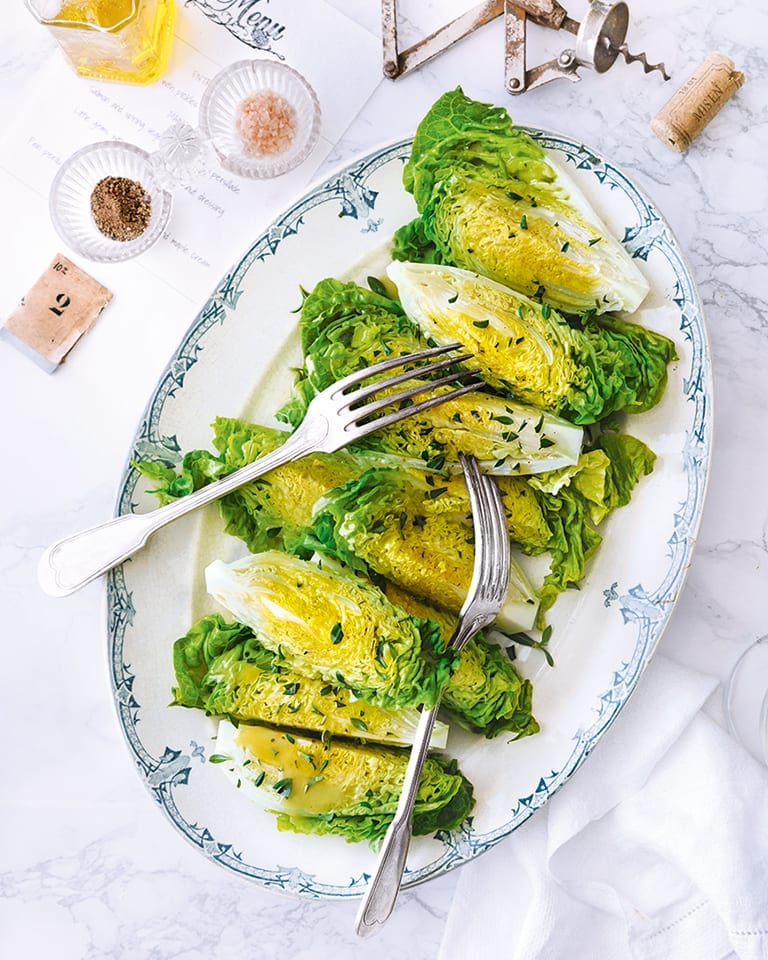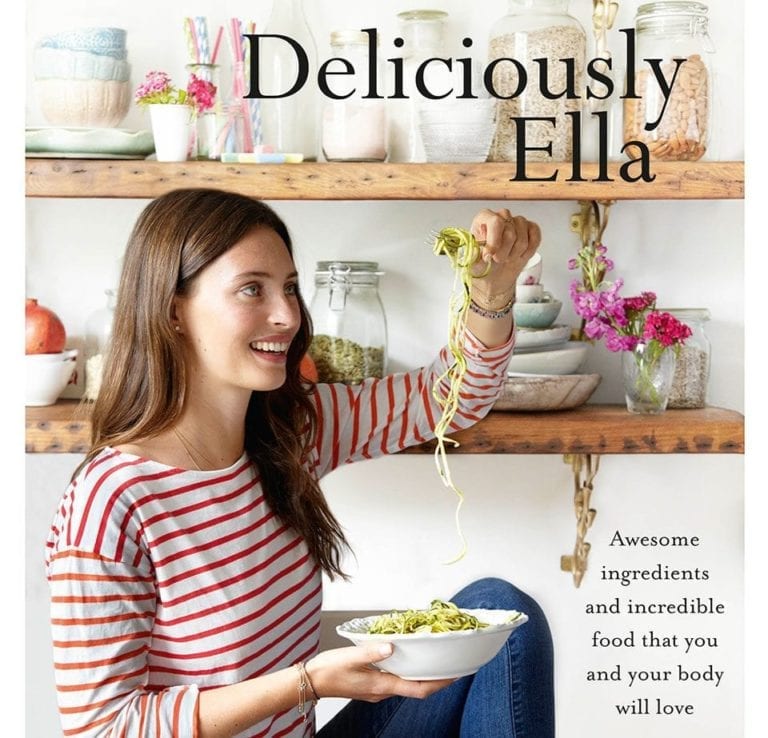Cookbook road test: Too Good to Waste
Food waste is an issue that won’t go away. The latest EU statistics show that 88 million tons – 20 per cent of total EU food production – is wasted each year. EU-wide, just over half of that waste comes from households, while in the UK that figure rises to 70 per cent – with dire detrimental environmental, economic and social consequences all round. Admittedly no one actually likes to waste food, but the fact is too few of us know enough or do enough about minimising the amount of food we chuck away uneaten each year. Reducing the amount we all chuck away is something the delicious. team feels strongly about, as well as being one of my favourite tirade topics, so when this book came across my desk I leapt at reading it and giving the recipes a go.
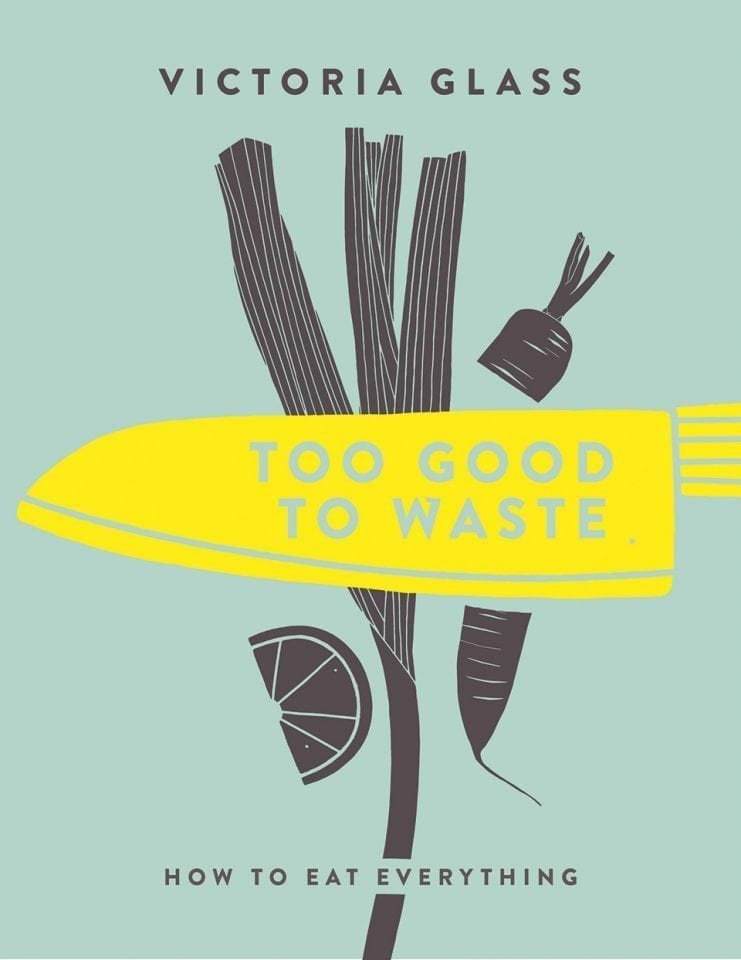
Author Victoria Glass is a London-based food writer and recipe developer. A busy working mother, she’s also a former food writer in residence at the Roald Dahl Museum and Story Centre in Buckinghamshire, where she worked with children to encourage them to explore new flavours and textures. Her writing is fluent, clear and funny, and thankfully free from finger-wagging. Reading her admonitions not to throw away milk that’s on the turn (it makes great scones!), or chuck away perfectly good parmesan rinds (use them in a risotto!), I think I’ve found a soul mate.
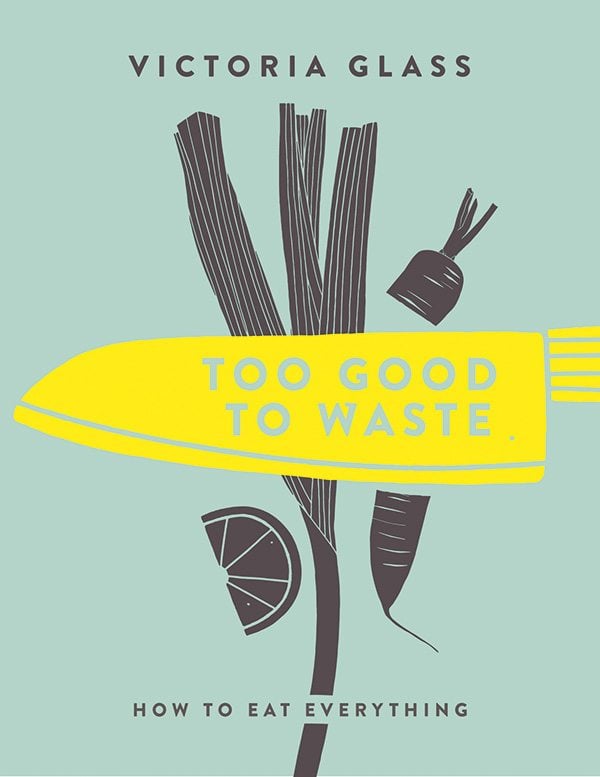
Chapters are dedicated to foods that figure high on the Most Likely to be Binned list: salad and herbs, over-ripe bananas, stale bread, leftover rice and mashed potato and the like, as well as fish and meat trimmings and vegetable peelings that needlessly get chucked. Intros are brief but well researched and thoroughly practical. I now know not to store my onions and my potatoes together – doing so causes both to sprout prematurely, says Glass.Pull-out ‘Waste Not’ text boxes have practical tips on how to use the likes of strawberry tops (use to make a herbal tea) and whey (use for making bread, tenderising meat or fermenting vegetables).
Quality of the recipes
Some of the recipe names sound worthy of Dahl himself – sour milk scones, bone marrow toffee, schmaltz & tarragon dressing – but overall they’re approachable and appealing. I’m not the hugest cake fan but the mashed potato sponge cake, made using leftover mashed potato, caught my eye. Cakes made with mash are nothing new. A ‘curate’s pudding’, made with mash, appeared in Mrs Beeton’s Book of Household Management, dated to 1826 – although the version in the book, made in a trendy bundt tin and drizzled with chocolate, is thoroughly modern.
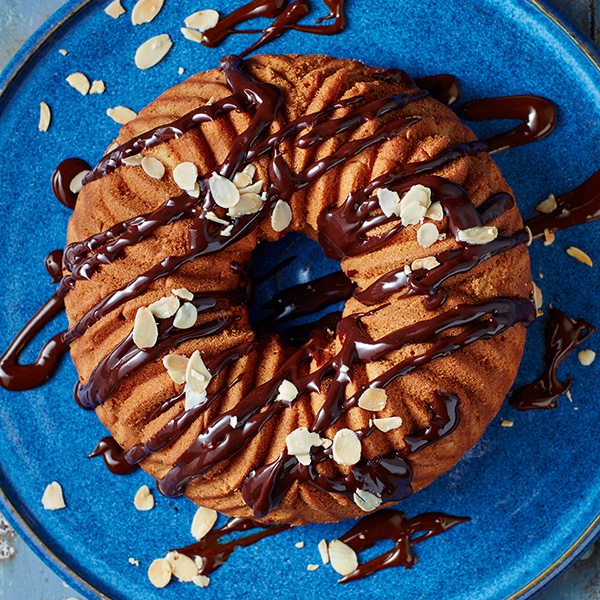
Alas, there were several problems with the recipe. Combining the cake ingredients as instructed resulted in something more akin to a dough, not a cake batter. I had to add a fair amount of milk (not called for in the recipe) to get it to a consistency that could be poured into the tin. Once in the oven, it took 50 minutes to cook, not 30-35 as instructed – and there was no way the chocolate ganache, made with equal amounts of plain chocolate and double cream – was going to drizzle as in the picture (I added nearly double the amount of cream to get something close to drizzly). To its credit, a friend who’s a pastry chef loved it, but it was hardly a foolproof recipe.
Undaunted, I turned to a couple of savoury recipes: Indonesian nasi goreng, made with leftover rice jazzed up with a fistful of spices and veg, and topped with a fried egg. Thankfully, it worked, and tasted great. Likewise a recipe for braised little gem lettuce (all too often left to fester at the back of the fridge), with bacon, mint and peas, made for a satisfying weekday supper.
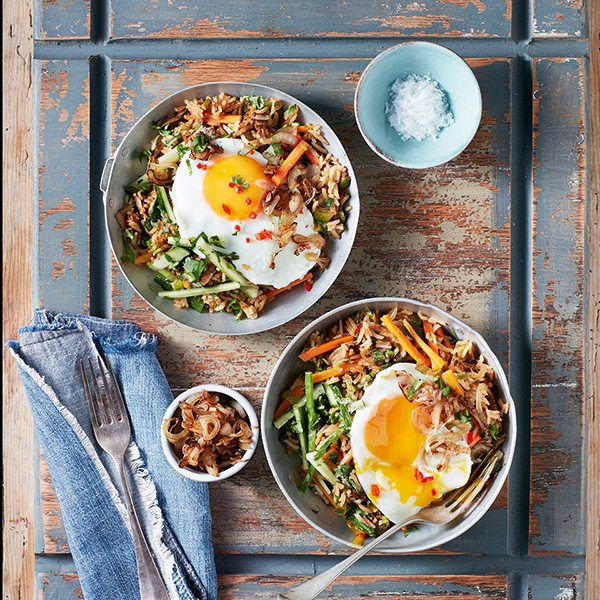
Photography
Recipe shots by Danielle Wood are all taken from overhead, which works well in a smaller-format book like this. They’re clear, clean and nicely styled.
Who is it suitable for?
If I were dictator of the world I’d make everyone who cooks read this book. It’s not perfect, but there’s so much good advice, put across sensibly and succinctly, that readers are bound to think twice about binning food that really is too good to waste.
Too Good to Waste: how to eat everything by Victoria Glass (£14.99; Nourish)
Subscribe to our magazine
Food stories, skills and tested recipes, straight to your door... Enjoy 5 issues for just £5 with our special introductory offer.
Subscribe
Unleash your inner chef
Looking for inspiration? Receive the latest recipes with our newsletter
